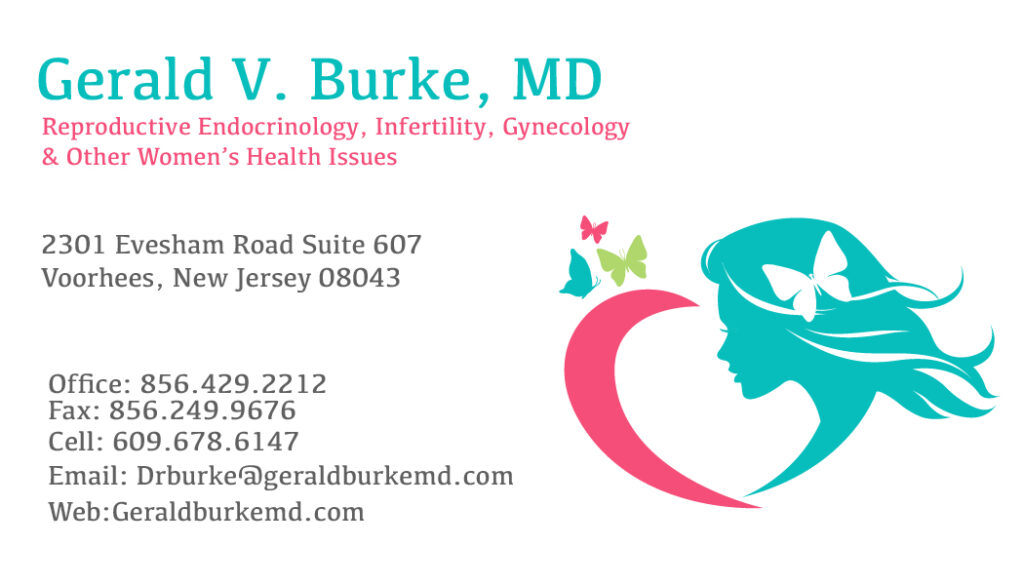 Financial concerns should not be an added burden to those facing the many challenges on their journey to parenthood. The good news is that there are effective and affordable infertility care alternative treatments to IVF.
Financial concerns should not be an added burden to those facing the many challenges on their journey to parenthood. The good news is that there are effective and affordable infertility care alternative treatments to IVF.
Many couples find themselves hitting a bitter dead-end with their infertility care due to a lack of finances before conceiving a successful pregnancy. The steep cost of much of the care that is offered to them is based on an approach to care focused on In Vitro Fertilization/Assisted Reproductive Technologies (IVF). However, there are other, very successful treatments offered by Reproductive Endocrinology and Infertility (REI) practices with excellent pregnancy rates that do not employ IVF and are dramatically less costly. In so doing, couples that would otherwise be childless conceive successful pregnancies without the crushing financial burdens of IVF.
Infertility Alternatives to IVF
Most IVF infertility clinics offer treatment that is focuses on their IVF program. They offer services that are significantly or exclusively IVF centered treatment procedures. One example is the emphasis on procedures such as sperm washing and intrauterine insemination (IUI). This is recommended for all non-IVF treatment cycles, even when there is no proven indication for this procedure. Also, many of the basic evaluation and treatment steps for an infertile couple are rushed over. This moves the couple more quickly into the IVF portion of their treatments. Patients are led to believe that these very expensive procedures (frequently costing more than $20,000 per monthly cycle) are their only options to achieve a healthy pregnancy. Desperate couples frequently expend great sums in terms of emotions, time and money, going deeply into debt in their quest for a child. 
Reproductive Endocrinologist approach to Infertility Alternatives to IVF
The traditional Reproductive Endocrinology approach focuses on a diagnostic evaluation to determine the couple’s problem. Their fertility potential, as a couple, and the cause of their infertility is identified. Treatment is then tailored to address the failure to conceive of each couple. This evaluation starts with a thorough review of the couples’ previous fertility records. Next, an in-depth history and complete physical examination performed. The results of these initial findings serve to guide further evaluations, including laboratory and radiologic studies.
Evaluating the causes of infertility
There are three three major causes of infertility.
- The male factor
- The woman’s ovulations
- The woman’s anatomic condition
These three areas are individually and simultaneously evaluated.
Woman’s ovulatory function
The woman’s ovulatory function is evaluated using a combination of:
- Basal body temperature charting
- Mid-cycle hormonal studies
- Ultrasounds
- Post-coital testing evaluates the interaction between the woman’s cervical mucous and the man’s sperm
- The actual, mechanical release of an egg suitable for fertilization from the ovary.
Hormones Evaluated
The adequacy of the hormones produced by the ovary after ovulation to sustain a pregnancy are then evaluated. Through serum progesterone levels, vaginal cytology and, ultimately, the maturity of the uterine lining on endometrial biopsy, the ability to nourish an early pregnancy is assured. All these tests help to determine the fertility potential of the egg that develops each cycle. These, once identified, can be addressed and improved.
Woman’s reproductive anatomic condition
The woman’s reproductive anatomic condition can also significantly impact her ability to conceive and carry a successful pregnancy. This evaluation begins with the initial physical examination. It is followed by either a hysterosalpingogram (an x-ray study) or a saline infusion sonogram (a vaginal ultrasound). If abnormalities are present during this testing or if the woman’s history, symptoms, or physical findings suggest endometriosis, pelvic adhesions, or uterine fibroids, then a laparoscopy is performed. Skilled operative laparoscopy will both diagnose and correct many abnormal anatomic conditions.
The male factor
The husband is the third major area of investigation of an infertile couple. Initial screening with either a semen analysis or a well-timed post-coital test determines this issue. Sperm washing and intrauterine insemination (IUI) may be indicated. When IUI is done routinely for all patients, the pregnancy rates increases minimally in each cycle. However, when IUI is done to overcome an identified male factor or cervical mucous problem, the per cycle pregnancy rates increase dramatically.
Non-IVF Therapies
Specific treatments are tailored to the needs of the individual couple. Unlike the “one size fits all” approach of IVF, these therapeutic interventions are individualized. This results in great success in many conditions. Expenses are most frequently significantly less than IVF. Couples seeking this care want to look for a non-IVF Reproductive Endocrinologists. They are trained in employing these fertility methods of diagnosis and treatment. This results in pregnancies that would not occur in an IVF clinic.
If you have further questions and are struggling with infertility, do not hesitate to contact our office. Call now to schedule an appointment. Phone: 856-429-2212
You might also be interested in…



